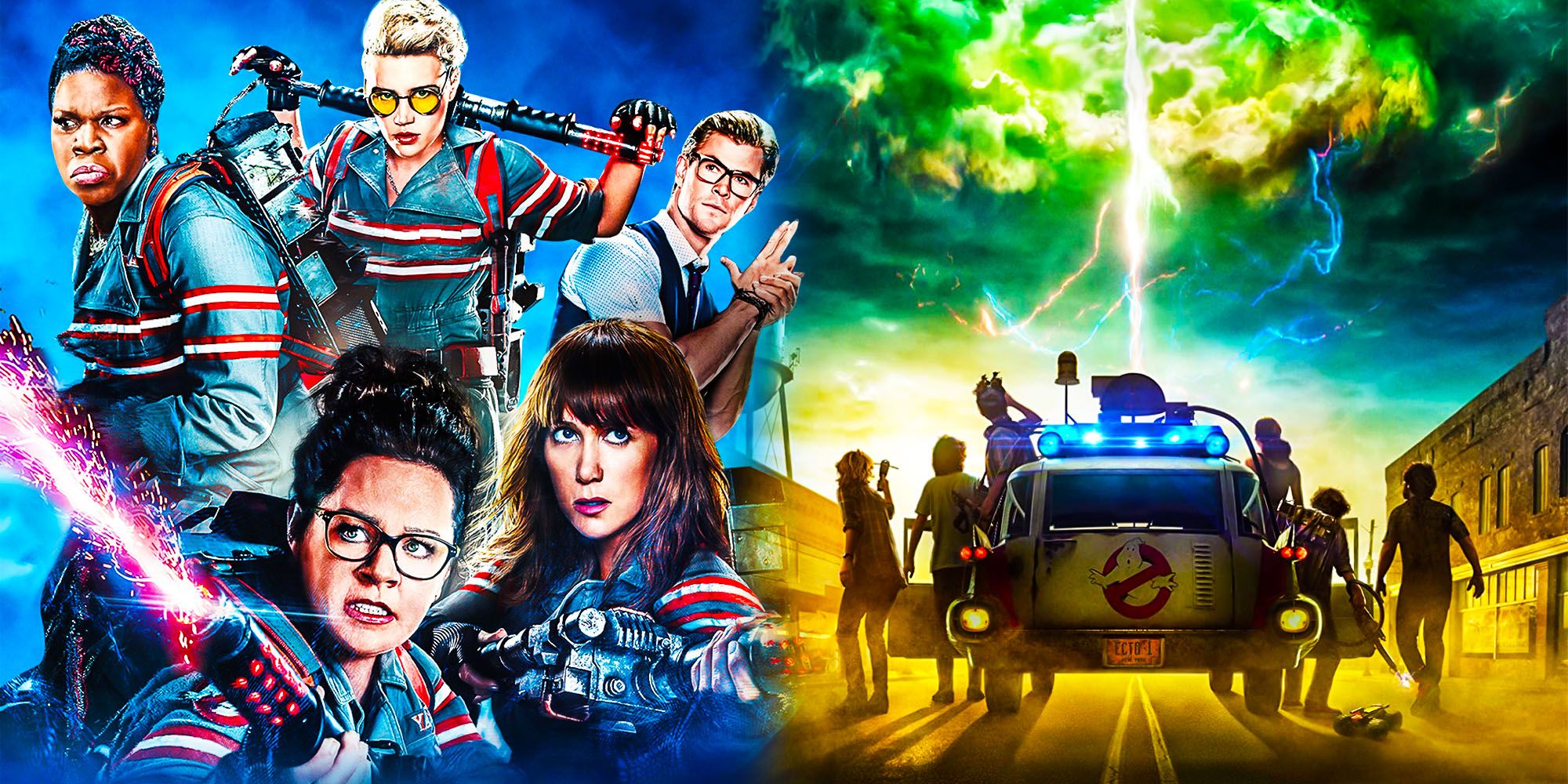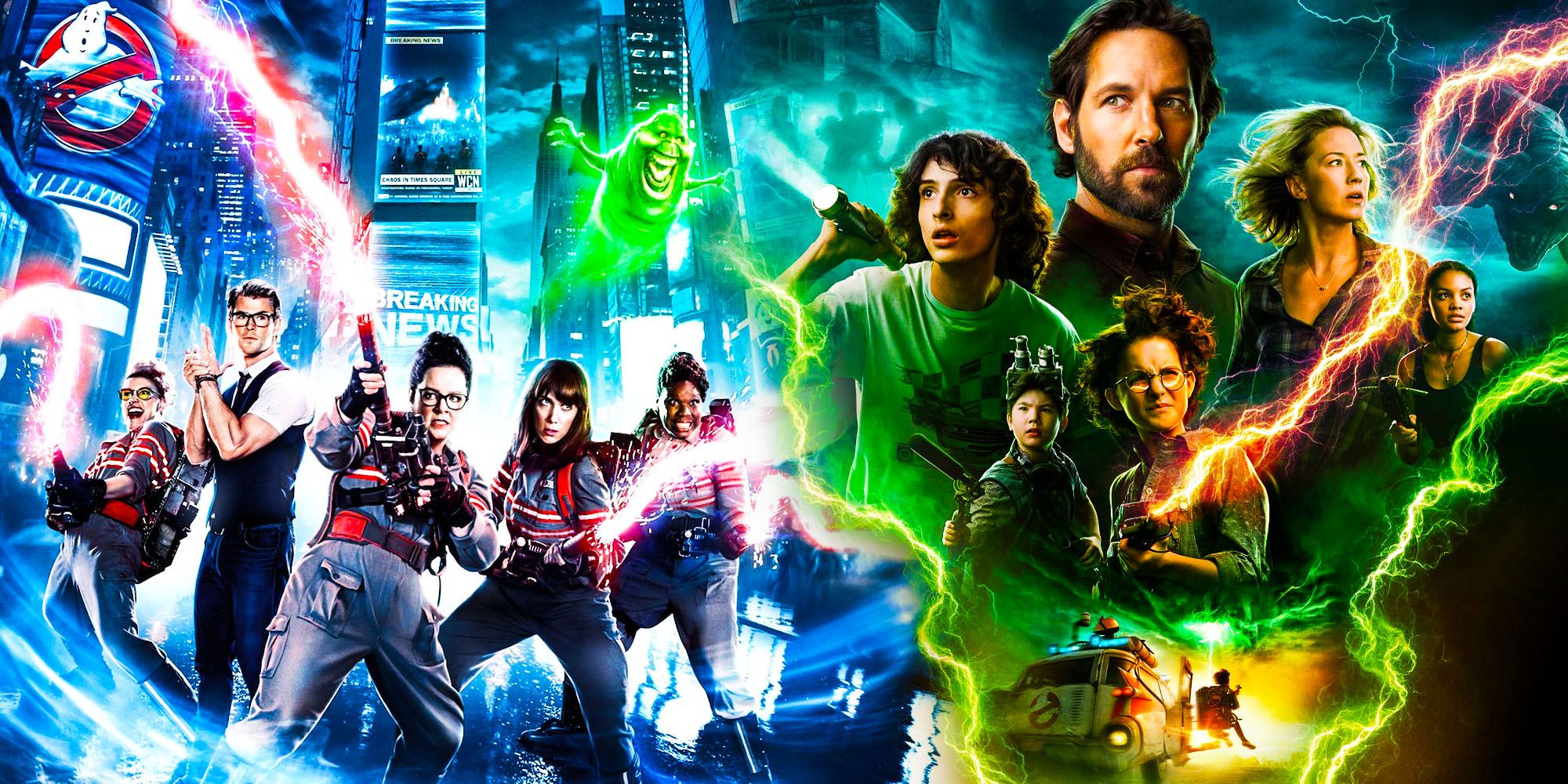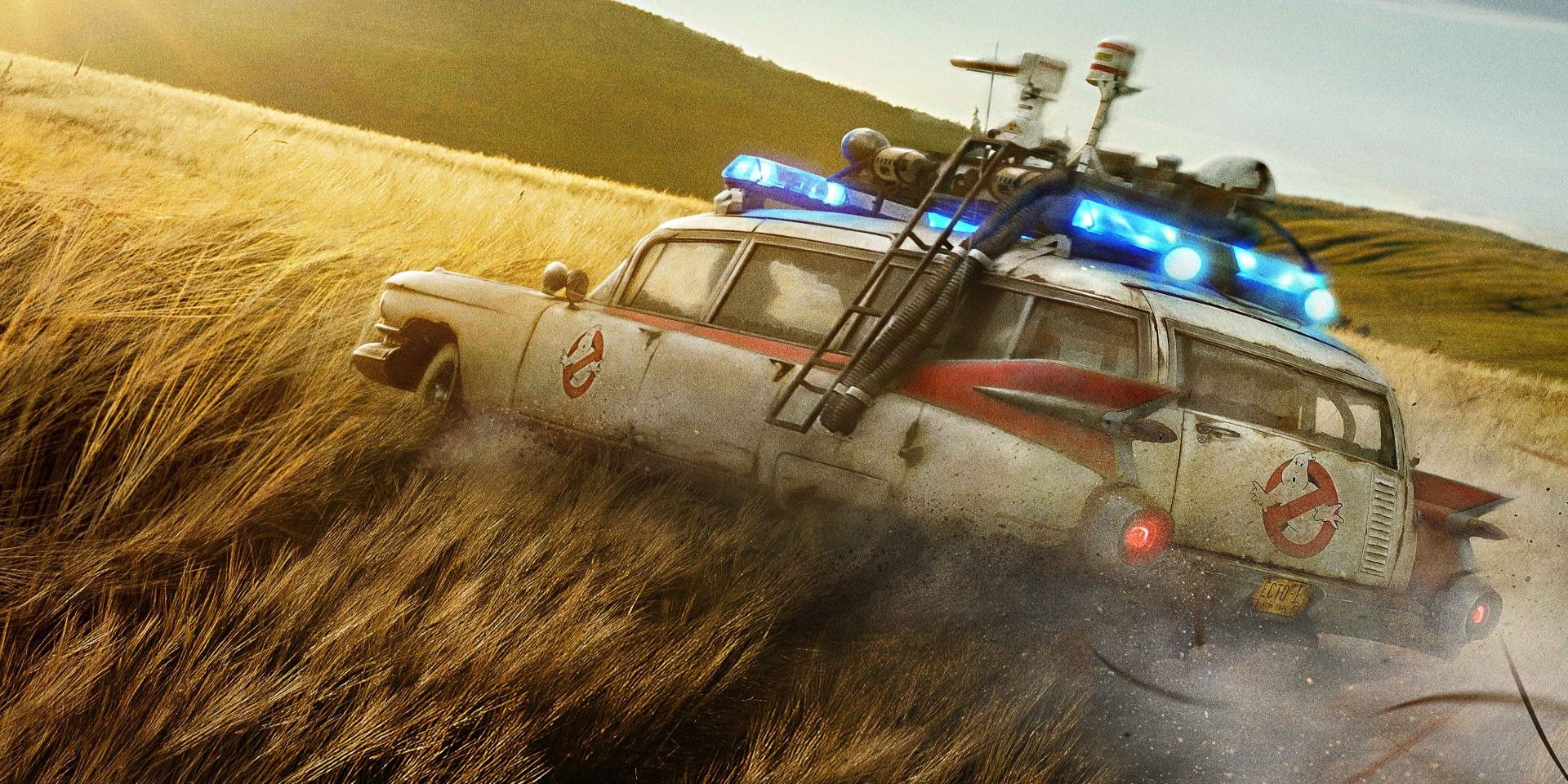Ghostbusters: Afterlife is seeing a generally positive critical reception and a strong initial box office showing, so how do its reviews and box office compare to the 2016 reboot? Critics and audiences were split on Ghostbusters 2016 and the tables have turned for Afterlife, which returns to the original Ghostbusters canon.
The Paul Feig directed Ghostbusters 2016 featuring a team of women Ghostbusters was surrounded by controversy, which made it hard to sift through opinions since it's hard to know which ones were driven by the controversy as opposed to a genuine appraisal of the movie, but the box office is the thing that spoke most clearly. Ghostbusters 2016 didn't perform well at the box office, especially considering its blockbuster-sized budget, making the franchise's future uncertain.
Since Ghostbusters: Afterlife seems to have risen out of that controversy, with director Jason Reitman returning to the original continuity, some of the hard feelings over 2016 seem to have followed to impact the discourse around the sequel. Once again, it can be hard to separate which reviews are simply a continuation of the debate started in 2016, but by breaking down metrics from critics and audience reviews and box office performance, we can make a somewhat more objective comparison.
Ghostbusters: Afterlife Reviews vs Ghostbusters 2016 Reviews
Both movies saw generally positive reviews from critics, although there's a clear critical preference for the 2016 version of Ghostbusters. The movie was "Certified Fresh" on Rotten Tomatoes with 74 percent of critics giving a positive review with an average review score of 6.5 out of 10. On Metacritic, Ghostbusters 2016 has a critic score of 60, with 30 positive reviews, 19 mixed reviews, and 3 negative reviews from Metacritic approved reviewers. Meanwhile, Ghostbusters: Afterlife currently stands at 62 percent on Rotten Tomatoes with an average review score of 6 out of 10 and has a Metacritic score of 47 with 13 positive reviews, 19 mixed reviews, and 8 negative reviews from approved critics.
Audience reviews are another story. Audience reviews are always complicated, especially in the case of movies like Ghostbusters 2016 where there were accusations of review bombing from disgruntled fans. Rotten Tomatoes used to audit audience reviews to make sure audience reviews weren't automated by bots or other means and has since begun using a validation process to confirm when someone has actually seen the movie in question, but no system is perfect, and even if every review is seen as legitimate, audience scores can often be driven by less nuanced minimum or maximum reviews from fans to try to throw the average. As a result, all audience review scores should be taken with a grain of salt, but using some additional audience polling data, we can still get a good estimation of audience sentiment.
Ghostbusters 2016 had a much lower audience score on Rotten Tomatoes, coming in at a "Rotten" 49 percent approval rating with a three out of five average review score. There were over 100,000 user reviews submitted, which seems a little high compared to similar movies, but many blockbusters surpass 250,000 reviews after a few years, although it seems a little outsized, considering movies like Avengers: Infinity War and Avengers: Endgame only have over 50,000 user reviews and Star Wars: The Force Awakens only has over 100,000 reviews, all three of which are in the top five grossing movies of all time. Regardless, Ghostbusters: Afterlife currently stands at a 96 percent audience rating with over 2,500 reviews submitted so far, which is positive enough it's fair to assume Ghostbusters 2016 wouldn't see a score that high, even adjusting for a hypothetical review bomb.
Outside of Rotten Tomatoes, Ghostbusters: Afterlife also has a better Cinemascore, although not by as wide of a margin. Cinemascore has been one of the longest-standing methods of audience polling and samples randomized general audience members as they leave theaters, so it typically serves as a great indication of word-of-mouth. Ghostbusters: Afterlife got an A- Cinemascore, which is on par with Dune and No Time To Die, while Ghostbusters 2016 got a B+, which is on par with Venom: Let There Be Carnage and Wonder Woman: 1984.
Ghostbusters: Afterlife Box Office vs Ghostbusters 2016 Box Office
When it comes to box office, Ghostbusters 2016 was released on 3,950 screens and was projected to open to $50 million, but came in short with a $46 million domestic opening and went on to bomb at the box office with a global haul $229 million off a $144 million budget. The break-even point for most movies is assumed to be double the production budget to account for marketing and other expenses, meaning Ghostbusters 2016 was a big financial disappointment, especially considering the July release date in prime Summer territory.
Ghostbusters: Afterlife was released on 4,315 screens and was projected to open to $30 million, but opened to $44 million. While this is slightly lower than Ghostbusters 2016, the suppressed post-pandemic box office makes anything in the same ballpark look impressive, especially considering Ghostbusters: Afterlife only had a budget of $75 million. We'll have to see how it performs in future weeks, but overperforming pre-release box office projections and earning high audience marks in both Rotten Tomatoes and Cinemascore are all strong indicators of good word of mouth, suggesting it will have strong enough legs to reach profitability.
Box Office is hardly an indicator of quality (even the subjective nature of reviews make them hard to accept without a grain of salt), so this doesn't necessarily indicate one movie is "better" than the other, but all signs are pretty clear that audience enthusiasm is far higher for Ghostbusters: Afterlife than it was for Ghostbusters 2016. While Sony may have been concerned about the prospects of the franchise having a future after their attempt to reboot, Ghostbusters: Afterlife's strong audience reception and early box office performance - especially relative to the movie's budget - the current potential for future Ghostbusters films is likely higher than it's ever been since Ghostbusters II.
Next: Ghostbusters: Afterlife Ending & All Hidden Meanings Explained



